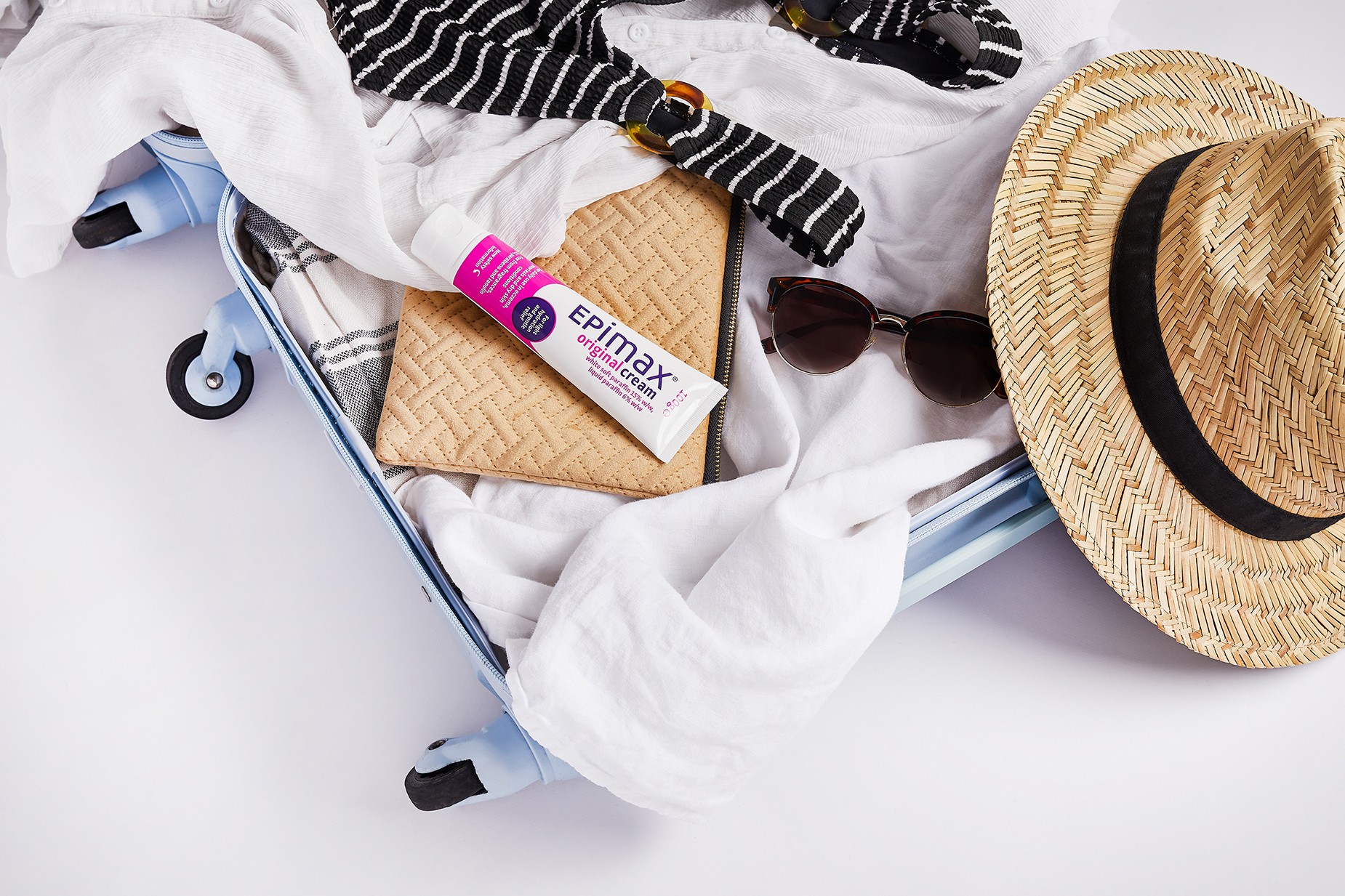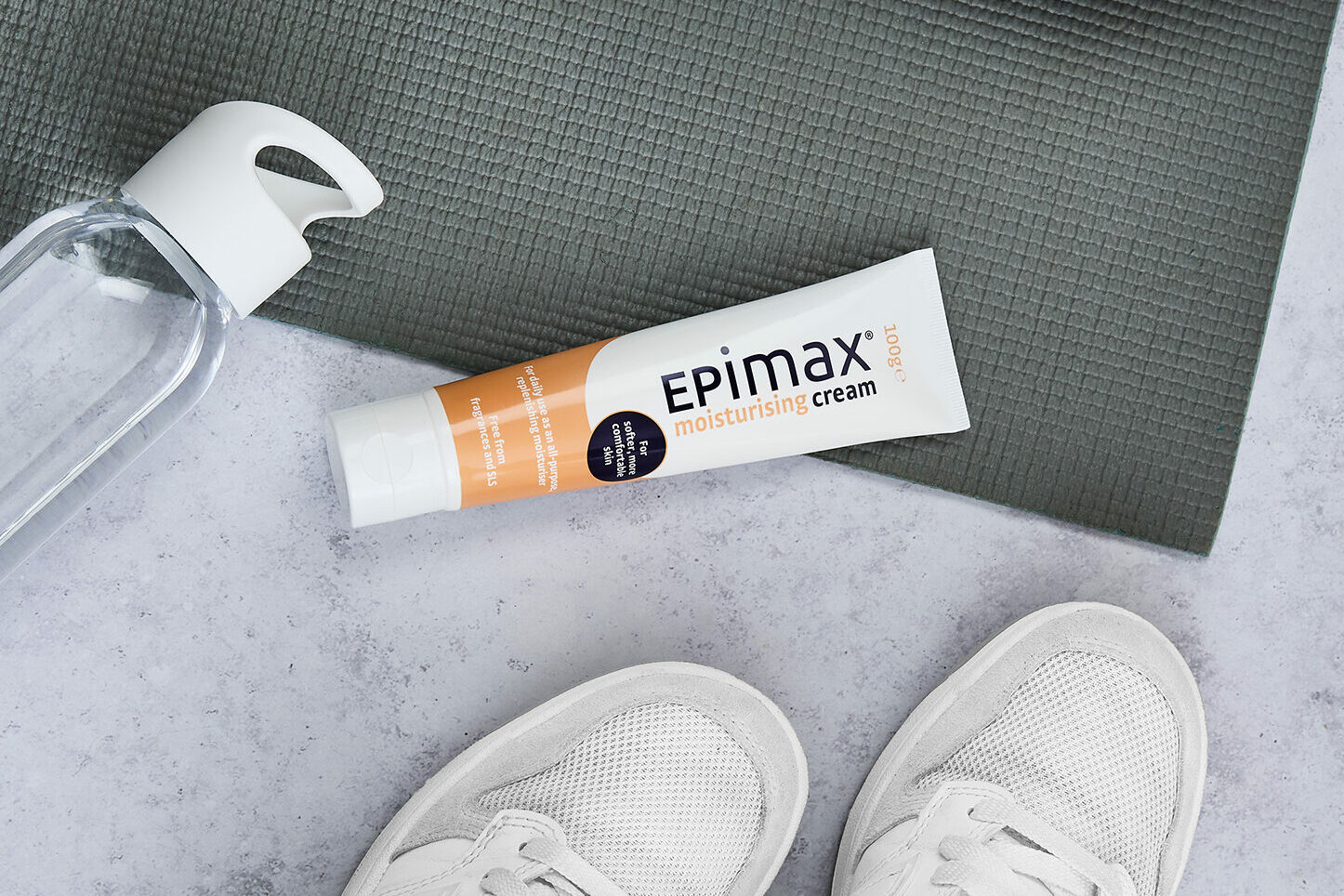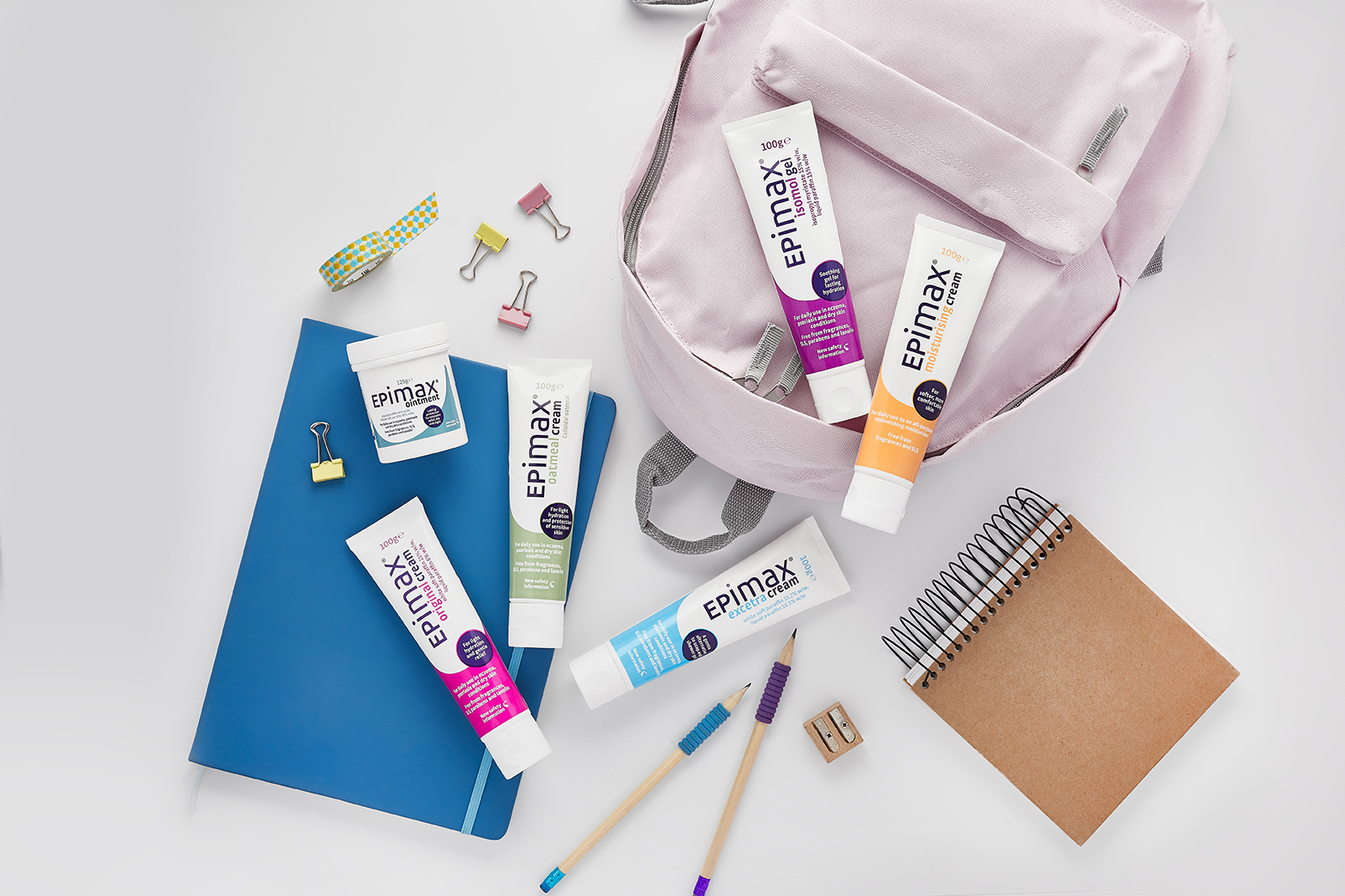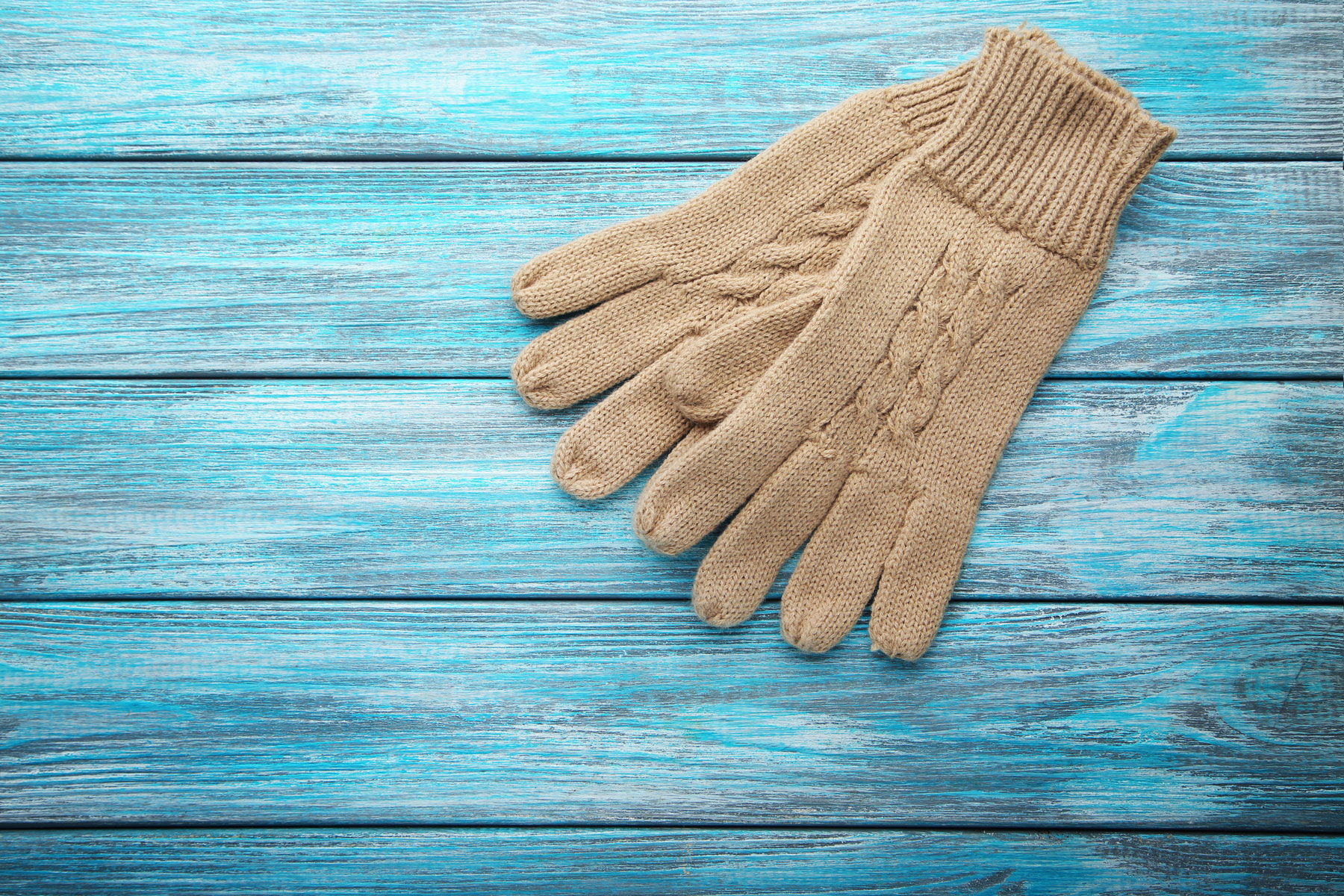The EPIMAX® Summer Holiday Edit!
It’s officially summer holiday season and we’re so excited to share our top tips for enjoying your time away with a dry skin condition. But first, packing… It’s crucial to…
Wellbeing Tips Tailored to Suit Your Skin!
Wellbeing is the state of being comfortable, healthy, and happy. Your state of wellbeing can be disrupted, or balanced, by many factors. Often, we are encouraged to introduce new behaviours…
Ichthyosis Support Hub
What is Ichthyosis? Ichthyosis is a group of rare genetic skin conditions that cause dry, scaly skin.1 Most forms are inherited genetically, with symptoms appearing at birth, or shortly after.1,2…
Navigating Menopause Skin Changes with Confidence
Our 2024 research with National Eczema Society highlights the importance of providing more support for women facing skin changes during menopause. For more detailed statistics and findings from our menopause…
Menopause and Eczema: Impacts and Insights
New research by EPIMAX® and National Eczema Society has revealed the often-hidden impact of menopause on skin health, with many women encountering unexpected issues like dry skin and eczema as…
Skin-Friendly Tips for Better Rest
For people living with dry skin conditions like eczema and psoriasis, getting a good night’s sleep can be difficult. The discomfort and itchiness that often comes with these conditions can…
Be Christmas Ready with EPIMAX®
Christmas season is upon us, so we’ve created this comprehensive guide to help you enjoy the festivities whilst also protecting your skin! Whether you’re decorating your home, heading to a Christmas…
Back to School with EPIMAX®
We understand that for children living with skin conditions such as eczema, psoriasis and dry skin, the school environment can often trigger or worsen their symptoms.1 The sudden change back-to-school…
My EPIMAX® Evening Routine
A 7-step evening routine to help manage your symptoms of eczema and get a good night’s sleep. Our curated routine is filled with tips to help keep dry skin and…
Dry skin in Winter
In this article, we will be taking a look at what it is like to have dry skin, or a dry skin condition in the winter months. For people with…
EPI1010451P11_JUL2025









